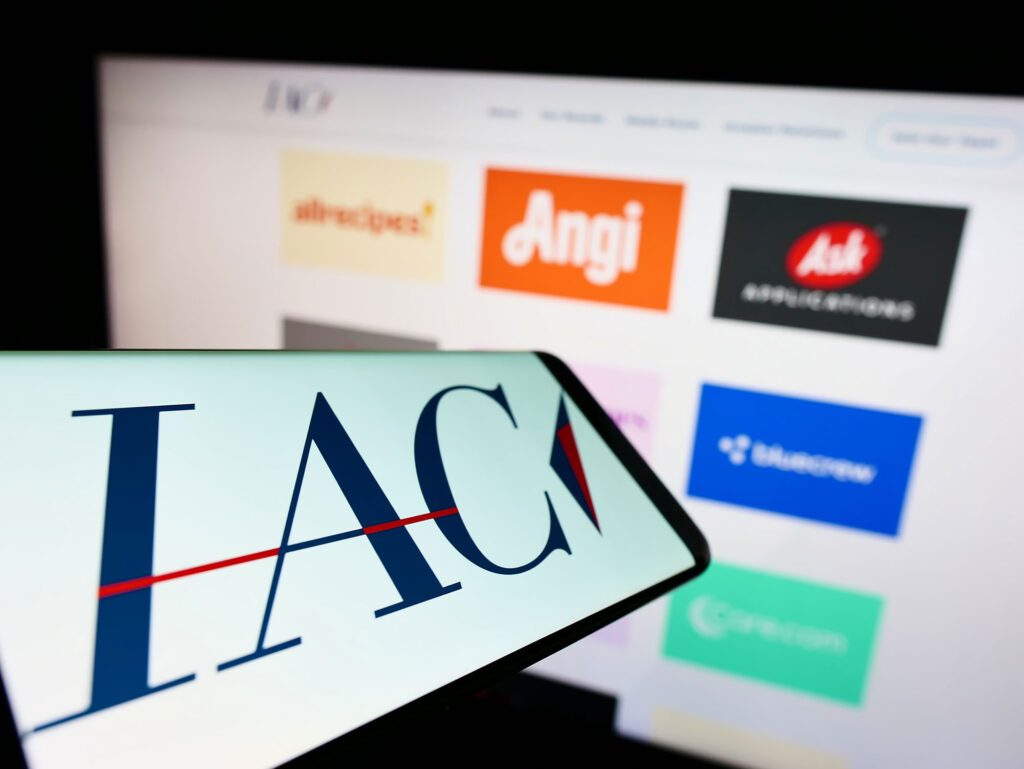Turns out 2022 was a bad year to merge two large media companies into one massive media company.
“In hindsight, we timed that acquisition poorly,” IAC CEO Joey Levin wrote in his Q3 letter to investors on Tuesday, referencing IAC-owned Dotdash’s acquisition of Meredith last year for $2.8 billion.
Both Dotdash and Meredith experienced headwinds throughout the year. Traffic was soft compared with the extraordinary rise in consumption during the pandemic, and the digital advertising market was “unexpectedly weak,” Levin wrote.
And next year isn’t looking rosy.
IAC is “not sanguine on the ad market, especially in the first half of the year,” IAC CFO Christopher Halpin said during the company’s Q3 earnings call on Wednesday.
In its first Q3 as a combined entity, Dotdash Meredith saw a roughly 13% decrease in digital revenue to $221 million.
IAC blamed the decrease on lower ad rates in Q3, a slower-than-expected integration of the Meredith portfolio and sales force consolidation. Leadership also pointed to weak consumer demand resulting in a downturn in affiliate commerce revenue and performance marketing revenue (particularly in the financial services vertical).
Premium (whatever that means) and programmatic advertising account for about 65% of Dotdash Meredith’s digital revenue, and it saw a noticeable pullback in ad spending across several key verticals this quarter.
The retail, home goods and consumer packaged goods verticals were “hit hard” in Q3, Levin wrote. Some advertisers reduced their ad spending by more than 25% compared with the first half of 2022 and previous years. While brands returned to the market during the September back-to-school period, their ad spending lagged behind historical levels.
“Beauty, health and telco really softened year over year,” Halpin said. “We expected not a great ad market, but a more solid ad market in this quarter – and we’re now expecting a choppy [ad market] through the rest of the year.”
During the Q&A portion of IAC’s investor call, however, Levin painted a slightly more optimistic picture.
“Whether we settle in at a high market or a low market, I expect ad spending to come back,” he said. “It’s the uncertainty that is driving the pullback in ad spend.”
To-do list
Because IAC expects advertisers to spend less on brand awareness campaigns next year, Halpin said that migrating Meredith’s sites over to a more performance-focused ad product, in line with Dotdash’s approach to advertising, is a priority.
“The current market will only accelerate performance, ROI and clarity,” he said.
The integration of Meredith’s portfolio into Dotdash’s performance-focused platform is nearly complete. More than 90% of Meredith’s audience and all major sites have been migrated to a common technology platform.
But it was a bumpy road to get there.
“The process took longer than expected and produced unexpected ad-serving and ecommerce challenges that hurt revenue in August and September,” Levin wrote.
Because of delays in the migration process, “we could not drive the traffic increases we expect from migrated sites as early and capture as much of that in this year as we expected,” Halpin said. “We were not able to […] integrate performance marketing and ecommerce into the Meredith sites.”
Eventually, though, the integration should result in “faster site speeds, reduced ad inventory and eliminating old content,” Halpin said.
Aggregate traffic for October across all Dotdash Meredith properties was down 5% YoY. IAC wants to flip that into a 15% growth rate as soon as possible, according to Levin.
“We expect to get back to flat in the first half [of 2023],” Halpin said, “and then grow for the full year without an improvement in the ad market.”
















